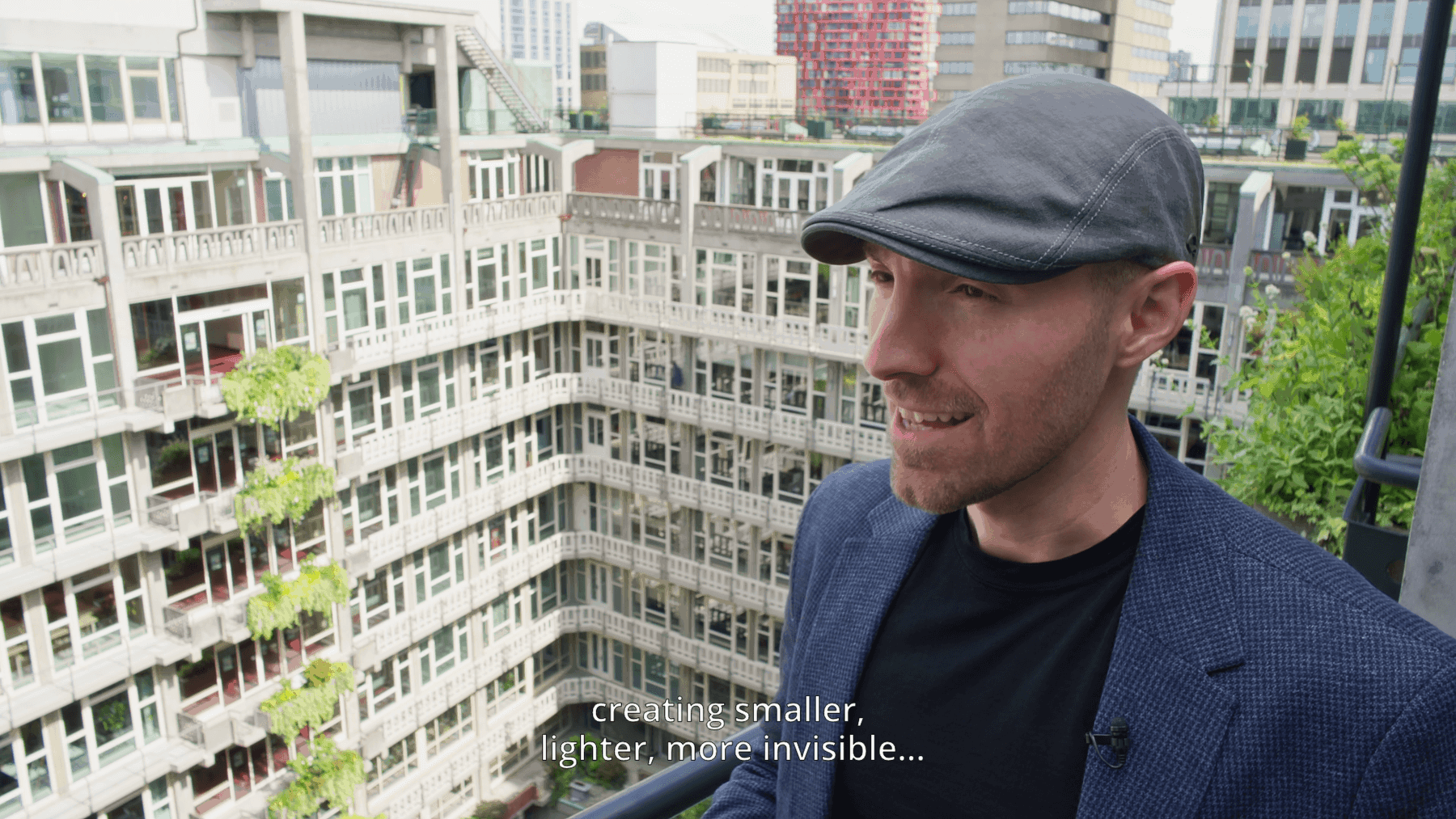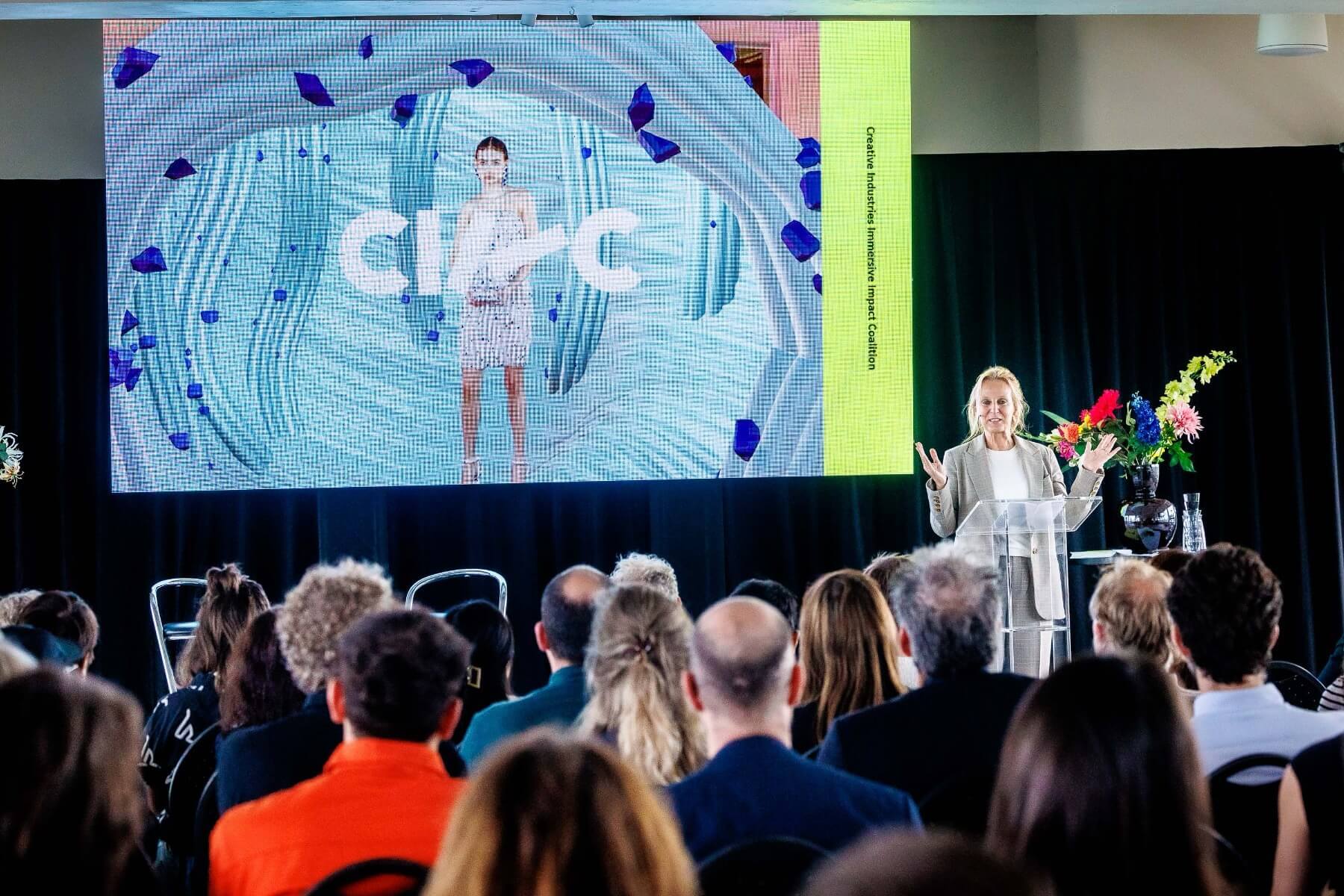
CIIIC Annual meetup: highlights and aftermovie
Keynotes, panel discussions, workshops, and demonstrations of interactive VR storytelling: we can certainly call the first annual CIIIC Meetup on May 26 a success. Here you will find an overview of the highlights.
Illustration
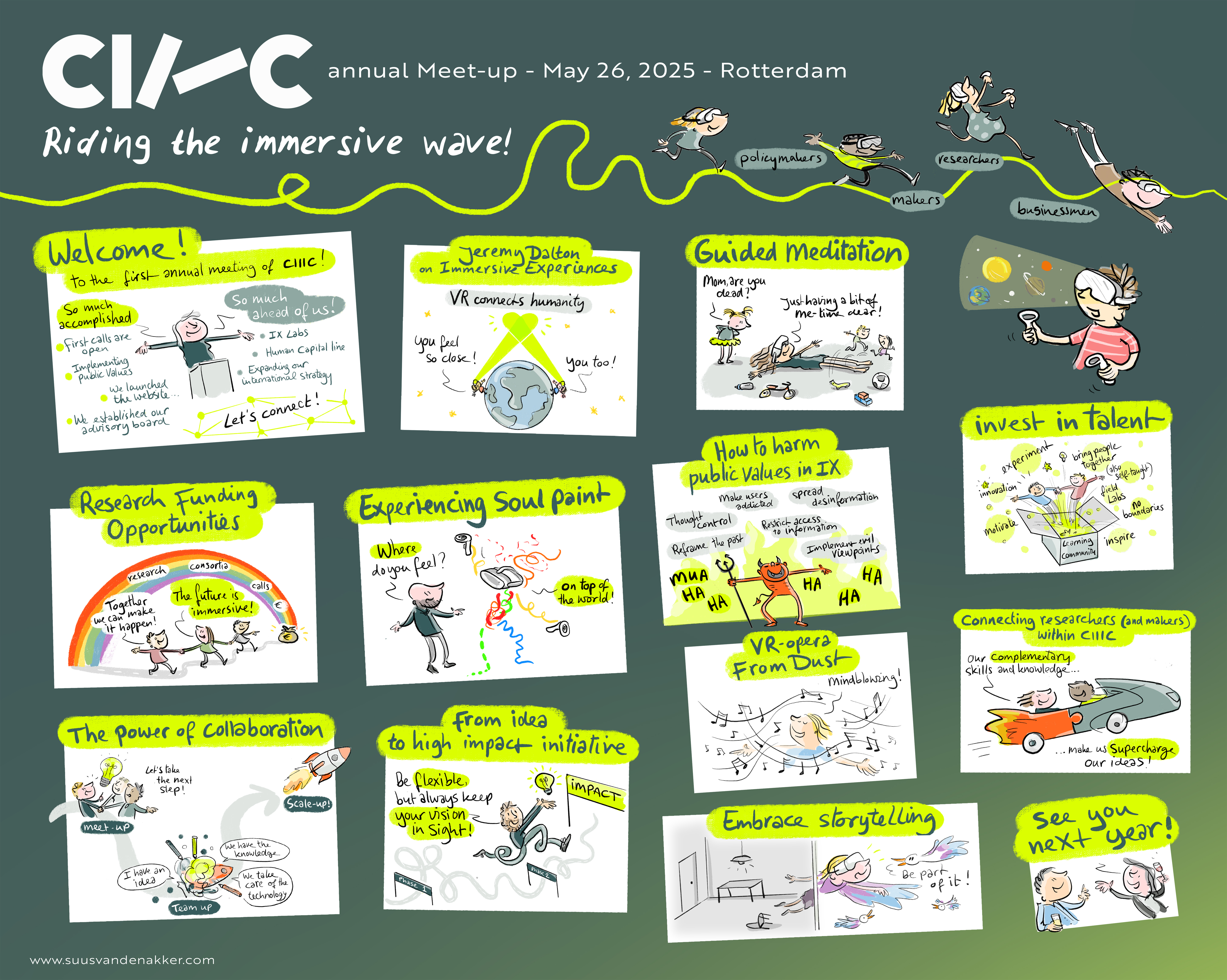
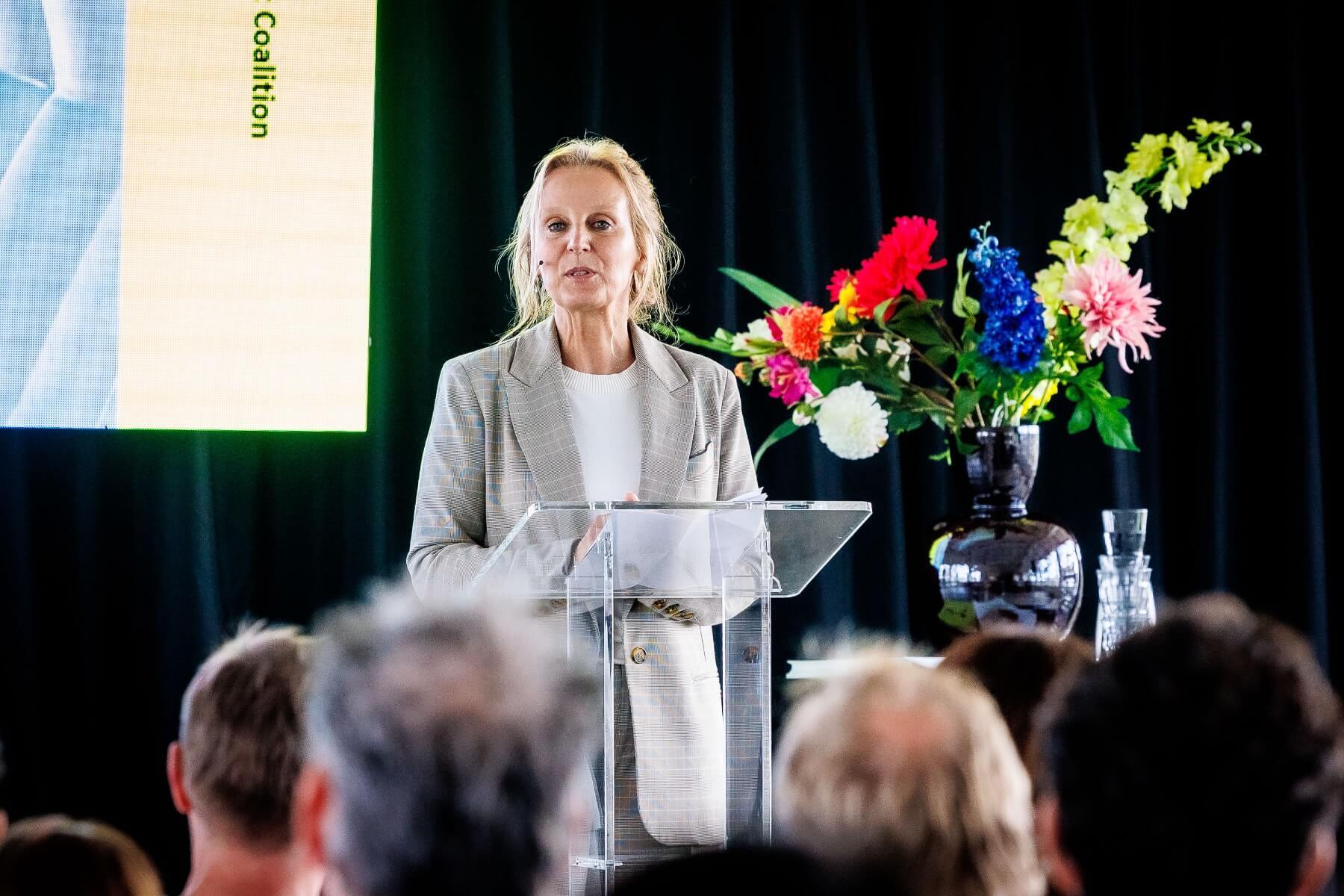
Public Values and Risks
In Barbera Wolfensperger's opening, the importance of public values such as privacy, safety, and democratic integrity was emphasized. In this light, she announced that CIIIC has developed an initial set of guidelines and a self-evaluation tool in collaboration with the Rathenau Institute, Waag Future Lab, and Public Spaces.
"We want to work towards an immersive world where users are recognized as humans with rights, not as objects—a world where innovation and economic value go hand in hand with societal impact," said Wolfensperger.
This theme was later explored in depth during the workshop 'Public Values and Risks in XR Technology', with an introduction by Mariëtte van Huijstee (Rathenau Institute). Participants were challenged to explore potential forms of XR misuse—and they were not difficult to imagine. From ideologically tinted AR overlays to addiction-enhancing apps and fragmentation through algorithmically fed echo chambers: the explored scenarios would not be out of place in a season of the series Black Mirror.
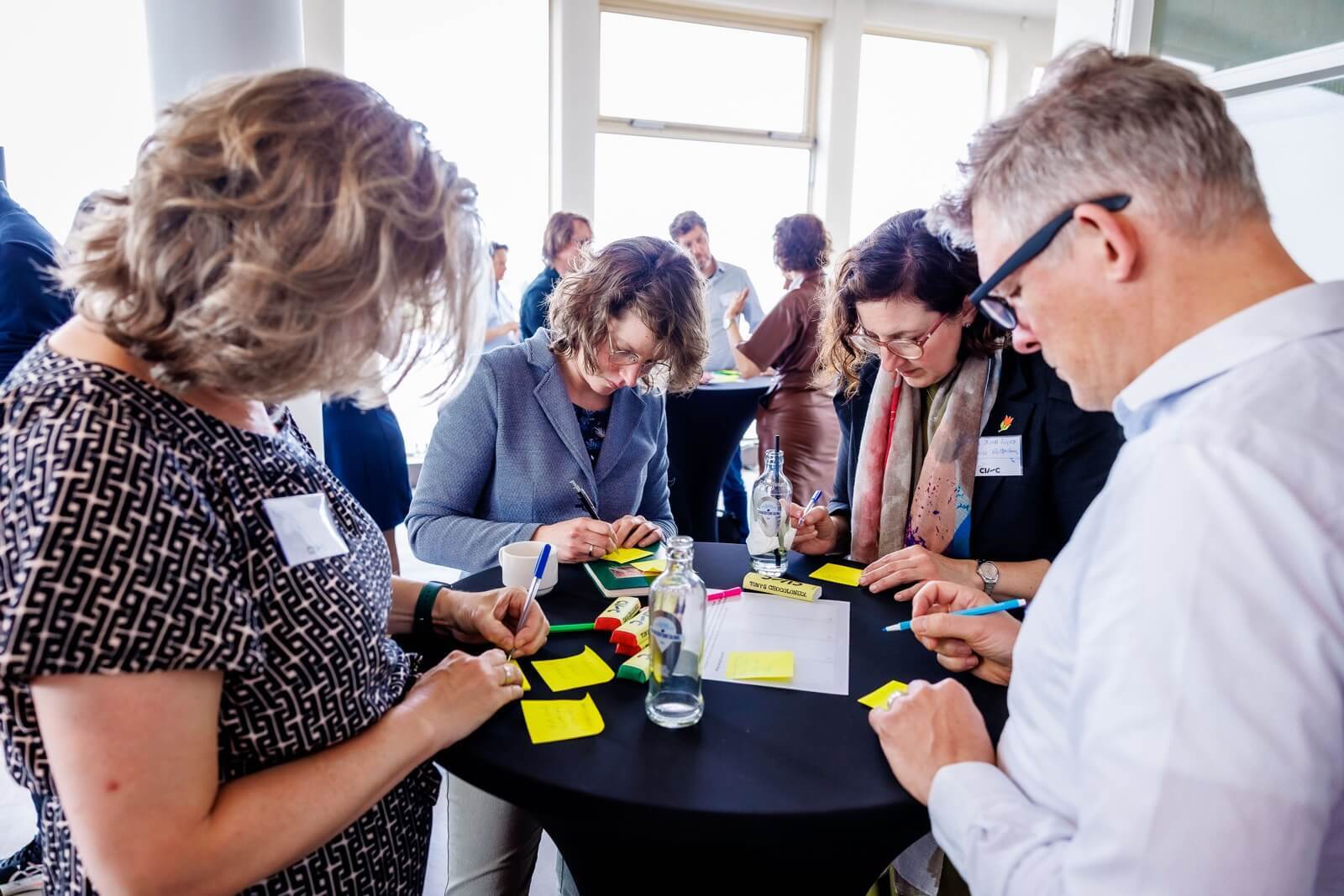
The session made it clear that this technology is not value-neutral, and that design choices have direct consequences for society. The undertone was not only ominous; by explicitly addressing risks, there is room for responsibility and ethical design. As Van Dusseldorp noted: "This is all already happening. The question is: what are we doing with it?"
Reality Check
Earlier in the day, Jeremy Dalton, head of Metaverse Technologies at PwC and author of Reality Check, delivered a keynote. Dalton is the founder of PwC's VR/AR team and has led international projects with various applications of immersive technologies.
His message: the sector is now beyond the hype; according to him, immersive technology is moving towards a phase where its added value is demonstrable — both economically and socially. With practical examples, he showed where immersive technology is already paying off: in retail, live events, heritage, tourism, and training. Dalton's message was clear: do not be misled by peaks and troughs in attention, because immersive technology is maturing.
Interview with Jeremy Dalton
Research and Funding in Immersive Experiences
The Meetup featured various sessions on the future of research and collaboration in immersive technologies. In 'Research Funding for IX', representatives from NWO, Regieorgaan SIA, and OCW discussed the gap between researchers focusing on technological precision and creators who prioritize experience and narrative. Initiatives like the IX Labs aim to bridge these worlds. Examples of successful collaboration, such as the opera co-creation in Barcelona and XR projects with Beeld & Geluid, demonstrated how disciplines can strengthen each other. It was emphasized that clear agreements on success criteria are necessary to avoid tension between scientific and artistic objectives.
In the session 'Connecting researchers (and makers) within CIIIC', Michiel Hulshof introduced two new funding rounds: the START Call, aimed at short, practice-oriented research projects with a budget of €1 million, and the planned KERN scheme, for more in-depth projects with a budget of €3 million and a focus on societal impact. These calls encourage collaboration between researchers, creators, and social partners, with creators also eligible for funding for their crucial contributions. Topics such as knowledge gaps around the implementation and evaluation of immersive technology in health, education, and media were discussed. Practical conditions such as co-funding and consortium standards were discussed, with real societal needs at the forefront. Participants were advised to follow the CIIIC channels for updates and matchmaking.
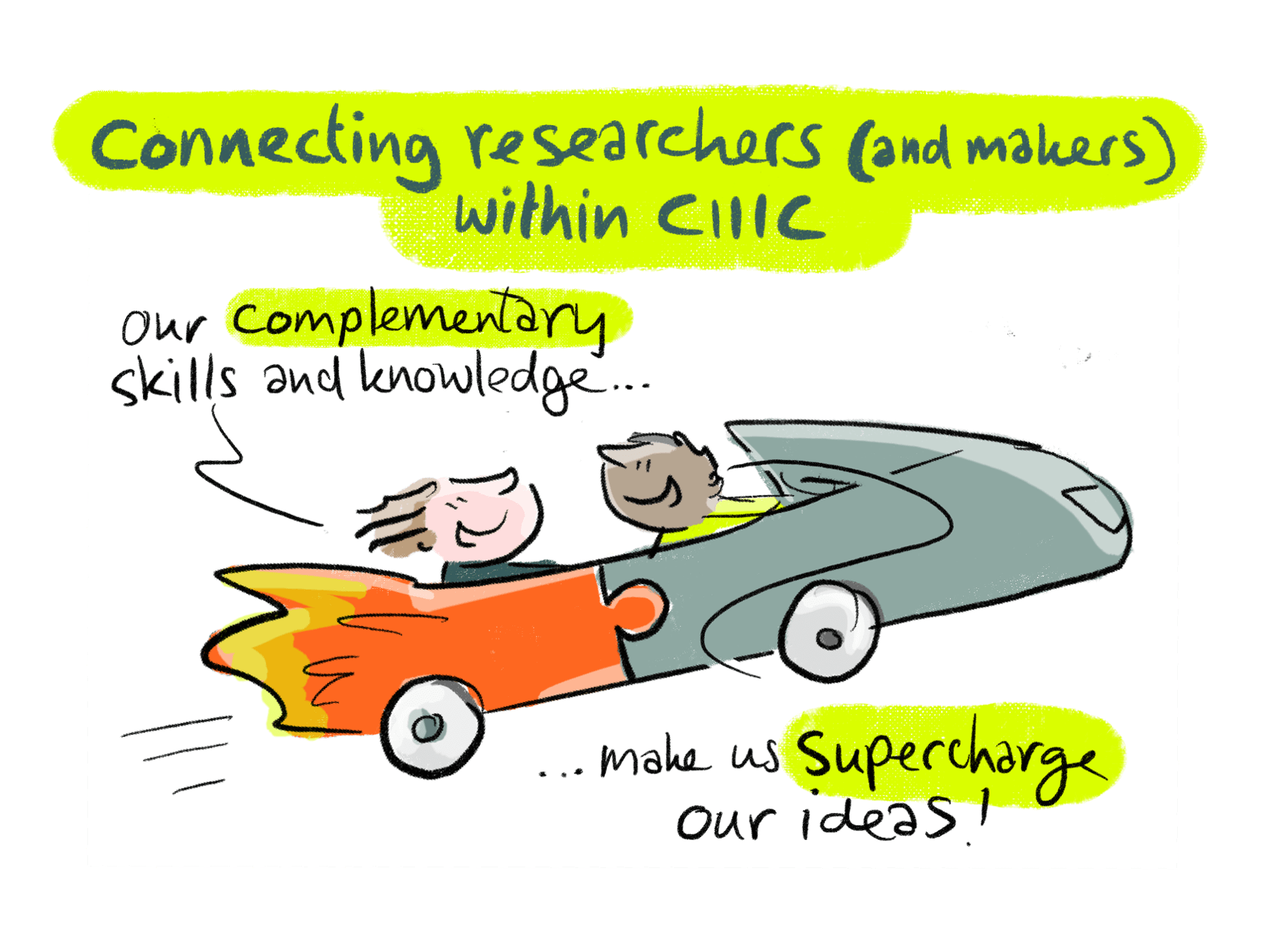
Collaborating, Investing, and Creating Impact in IX
The sessions ‘Makers Perspectives on Collaboration’, ‘Innovation Impact Challenge and Beyond’, and ‘Investing in Talent for IX’ explored how collaboration, funding, and talent development come together to strengthen the Dutch immersive sector. Makers like Annelies Wisse (IJsfontein) and Tamara Shogaolu (Ado Ato Pictures) emphasized that successful co-productions begin with long-term trust, informal exchange, and shared values — often long before subsidies come into play. Regulators such as Carmen Biemond (RVO) and Tim Terpstra (Creative Industries Fund) indicated that their programs, including ADRIE and the Innovation Impact Challenge, aim to facilitate such sustainable collaborations.
In the session on the Innovation Impact Challenge, Biemond, Michiel Hulshof, and game developer Joost van Dongen delved deeper into the scheme's two-phase model, which supports creative makers in developing innovative applications with societal relevance. Joost reflected on the tension between commercial and societal games and emphasized the importance of realistic planning, failure as a learning process, and the long-term commitment needed to translate innovative ideas into impact.
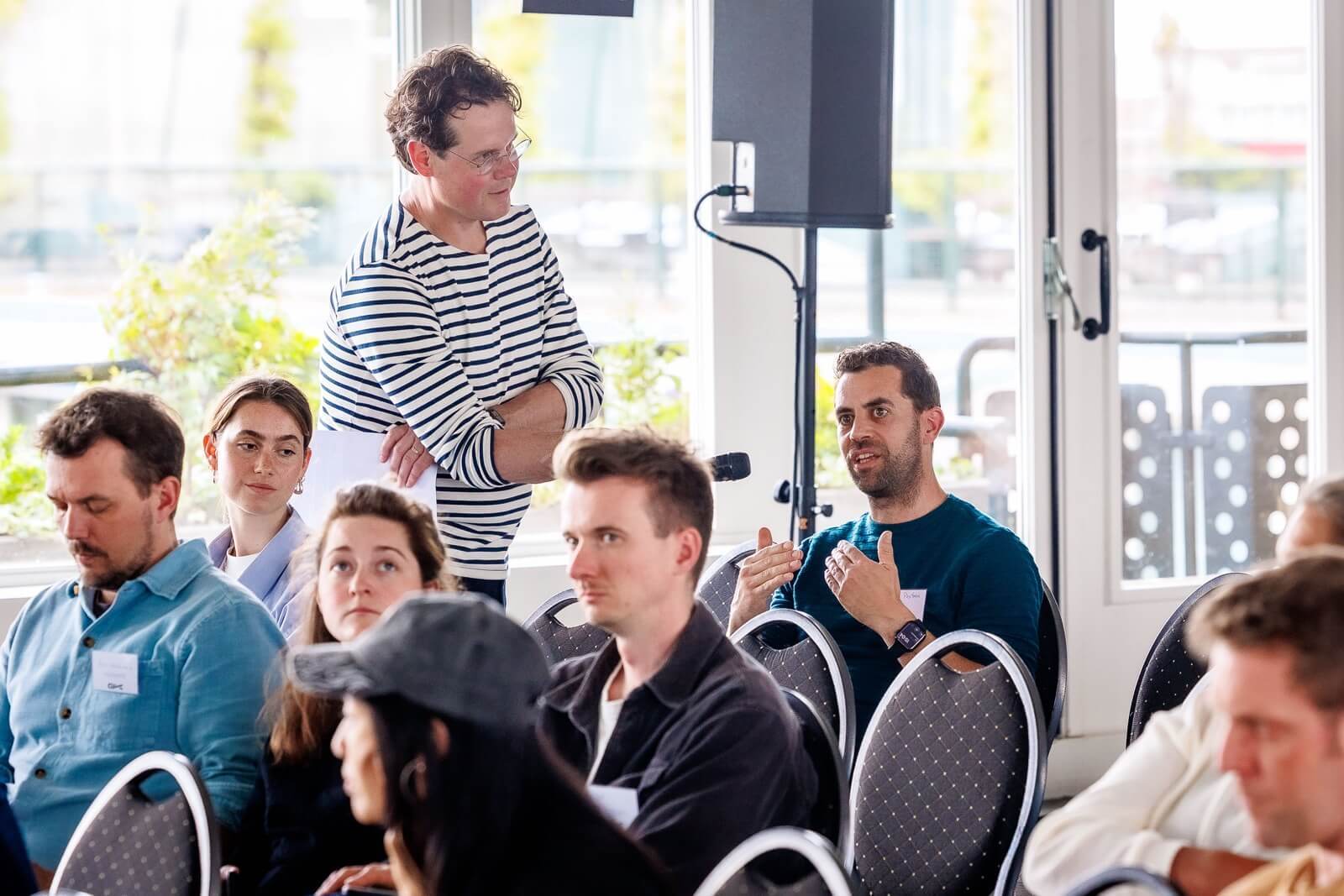
Finally, the interactive session ‘Investing in Talent for IX’ focused on the importance of people and training in the growing IX field. Heleen Rouw (CIIIC) and Mieke Dols (NWO/SIA) discussed the Human Capital program and a new subsidy scheme for Learning Communities, aimed at stimulating public-private collaborations around talent development. Participants highlighted the need for up-to-date curricula, learning opportunities outside formal education, peer learning, and better alignment between education and practice — with special attention to vocational students and international positioning. These insights provide input for future CIIIC initiatives.
Towards an Immersive Future
CIIIC program director Heleen Rouw reflected on the energetic collaboration during the event in the closing session and announced a renewed steering committee with creators, researchers, and producers, including Corinne Meijer and Joost Raessens, who emphasized the importance of sustainability and European collaboration within XR.
The closing session also highlighted From Dust, the AI-powered XR opera by Michel van der Aa, which has just been awarded a DDG Grand Prix and previously won the Cannes Immersive Competition. It is clear: the future is immersive.
